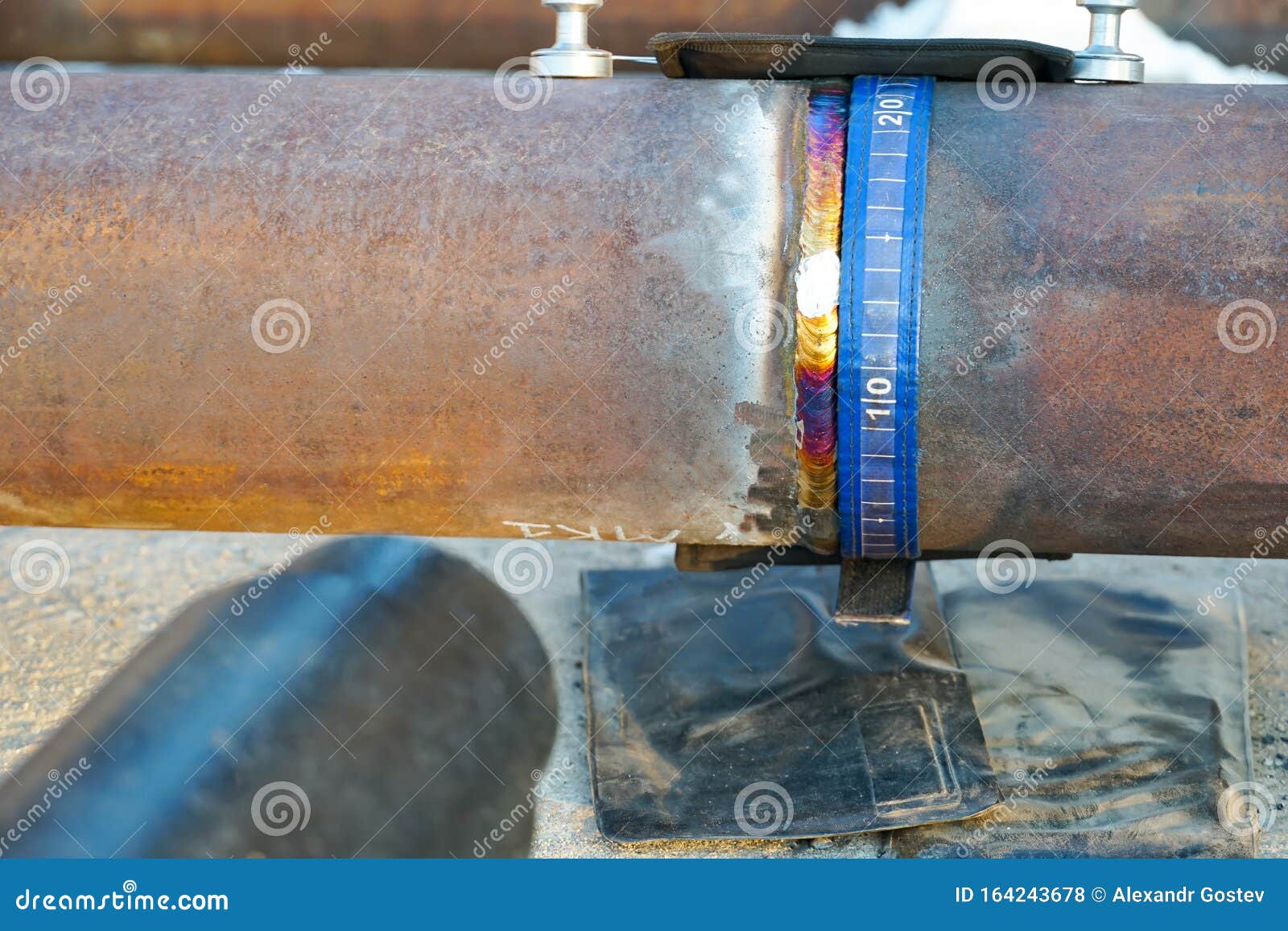Expert Pipeline Welding Inspection Solutions: Making Certain Safety and Compliance
Expert Pipeline Welding Inspection Solutions: Making Certain Safety and Compliance
Blog Article
Comprehensive Introduction of Pipe Welding Inspection Treatments
Pipe welding assessment treatments play a vital function in assuring that welded links meet rigorous industry standards and requirements. From thorough pre-welding examinations to comprehensive post-weld analyses, a well-defined examination procedure is important for keeping the architectural sturdiness of pipes.
Pre-welding Evaluation Preparations
Prior to beginning the welding process, thorough pre-welding examination preparations are vital to ensure the stability and top quality of the weld joint. These prep work include a precise examination of the products to be welded, the welding devices, and the job atmosphere. By conducting detailed pre-welding assessment preparations, potential concerns can be identified and settled early on, leading to trustworthy and top notch weld joints.
Welding Procedure Credentials
Comprehensive pre-welding evaluation preparations lay the structure for the important procedure of Welding Procedure Credentials, guaranteeing the stability and high quality of the weld joint. Welding Procedure Qualification (WPQ) is a crucial step in the welding process that involves screening and accrediting welding treatments to guarantee they fulfill details criteria and needs. The WPQ process commonly consists of welding procedure requirements growth, welding treatment certification screening, and paperwork of the results.
Throughout welding treatment specification advancement, essential details such as the welding process, welding materials, joint layout, and welding criteria are specified to create a detailed procedure. Consequently, welding treatment qualification testing is performed to validate the proposed procedure's integrity. This testing frequently involves welding examination discount coupons that go through different mechanical and non-destructive tests to evaluate the weld's top quality and adherence to the defined criteria.
In-process Weld Inspection
Throughout the welding process, in-process weld inspection plays a vital function in making sure the top quality and integrity of the weld joint - Pipeline Welding Inspection. This kind of assessment includes keeping an eye on the welding specifications, analyzing the weld grain formation, and identifying any potential flaws or discontinuities as they take place. By performing in-process weld inspections, welding drivers can immediately address any concerns that may develop, therefore preventing additional flaws and ensuring that the last weld meets the required specs
Typical methods utilized for in-process weld inspection consist of aesthetic examination, fluid penetrant testing, magnetic bit testing, ultrasonic testing, and radiographic screening. In general, in-process weld examination is necessary for keeping the quality and reliability of bonded pipes.
Non-destructive Screening (NDT)
Non-destructive Screening (NDT) is a critical method used in pipeline welding assessment to assess the honesty of weld joints without triggering damage to the bonded framework. By making use of numerous NDT techniques, examiners can examine the top quality of welds and determine any kind of defects or suspensions that may endanger the architectural strength of the pipe. Common NDT approaches made use of in pipe welding assessment include Radiographic Screening (RT), more info here Ultrasonic Testing (UT), Magnetic Particle Evaluating (MPT), Liquid Penetrant Testing (LPT), and Visual Screening (VT)
RT includes the use of X-rays or gamma rays to produce pictures of the interior framework of the weld, enabling assessors to spot defects such as porosity, fractures, or incomplete fusion. Additionally, VT includes visual inspection of welds to recognize any visible imperfections.
Post-weld Evaluation and Documentation


Documents of post-weld inspection searchings for is crucial for maintaining high quality control records and ensuring compliance with sector criteria and regulations. Thorough records should consist of details concerning the examination methods used, the location and nature of any official website kind of defects discovered, and any kind of rehabilitative actions taken - Pipeline Welding Inspection. Correct paperwork not only works as a document of the weld's top quality yet likewise aids in future maintenance and evaluation procedures
Verdict

In conclusion, pipeline welding assessment procedures play a critical duty in making sure the high quality and honesty of welds. Overall, adherence to appropriate assessment methods is key to the success of pipe welding jobs.
From precise pre-welding learn the facts here now evaluations to thorough post-weld evaluations, a distinct examination process is essential for keeping the structural sturdiness of pipelines. By conducting in-process weld inspections, welding drivers can promptly resolve any kind of issues that may arise, therefore protecting against further flaws and guaranteeing that the final weld fulfills the called for requirements.
Common techniques used for in-process weld assessment include aesthetic inspection, fluid penetrant testing, magnetic bit screening, ultrasonic testing, and radiographic screening.Non-destructive Testing (NDT) is a critical approach used in pipe welding evaluation to evaluate the honesty of weld joints without triggering damages to the welded structure. Post-weld examination includes different techniques to evaluate the welds for issues, consisting of aesthetic assessment, dye penetrant screening, magnetic fragment testing, ultrasonic testing, and radiographic screening.
Report this page